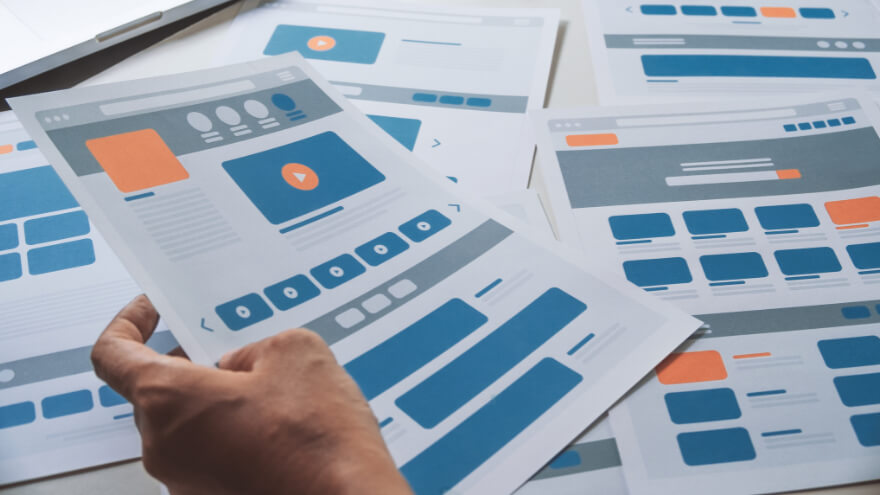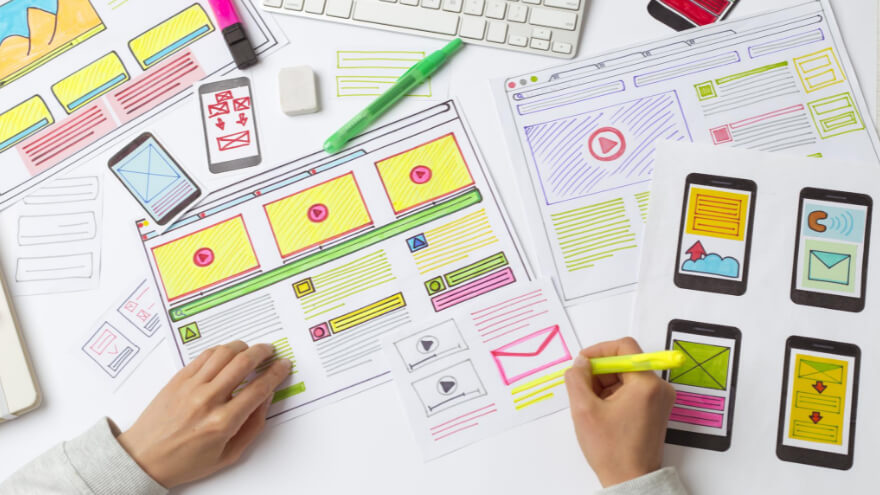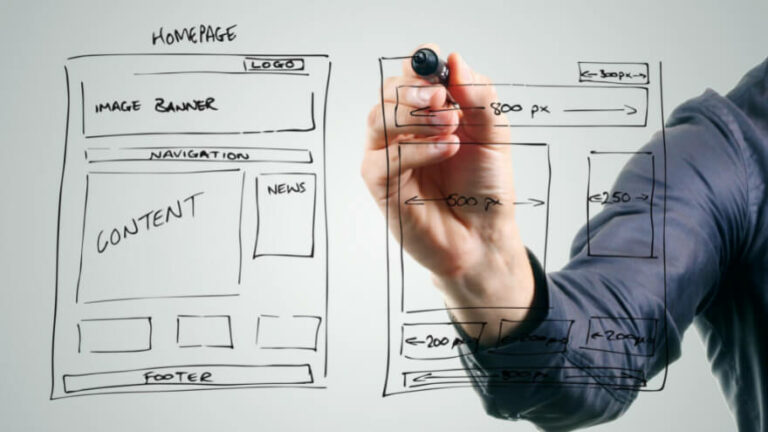5 Tips to Improve Your Website Usability
Have you ever visited a website and had difficulties getting the information you sought?
Poor website usability can frustrate visitors and drive them away.
Nowadays, ensuring that your website is user-friendly and easy to navigate is more important than ever.
Fortunately, to enhance the usability of your website and make it more user-friendly, you can implement several key strategies.
In this article, you’ll discover practical tips and techniques for optimizing your website for better usability and enhanced user experience.
Don’t want to read?
Here’s the audio retranscription:
What Is Website Usability?
Website usability refers to the ease with which visitors can navigate through and interact with a site.
It encompasses various components, such as the overall design, content organization, and accessibility, that all contribute to a positive user experience.
The goal of having a website with good usability is to ensure that users can find the information they seek quickly and complete their desired actions effortlessly, leading to improved customer satisfaction.
5 Tips to Get a Good Usability in a Website
Here are some handy tips contributing to a website overall better user experience:
Simplify Your Website’s Navigation
Simplifying your website’s navigation is essential because it helps users quickly find the information they seek.
To ensure a good one, you need to streamline the navigation menu and categorize content logically so visitors can quickly navigate through different pages and sections.

In that way, it will improve the global user experience.
A cluttered and confusing navigation, on the other hand, can result in high bounce rates and frustrated users, so it is crucial to prioritize simplicity and ease of use when designing your website’s menus.
Enhance Your Site’s Page Loading Times
Improving a professional website’s speed performance to achieve faster page loading times is essential to providing a positive user experience and enhancing conversion rate.
It’s especially important when studies have already proven multiple times that some seconds earned in page loading times can result in millions of dollars earned for large companies.
Usually, to enhance a site’s loading times, there are some common things to do on your website and outside of it.
Here are some common ways to improve your page’s loading times:
- optimizing images
- reducing HTTP request amount
- enabling browser caching
- reducing server response times
- using content delivery networks (CDNs)
Even though some of these tasks may be realized directly via your professional website, most advanced ones require further configurations and optimizations outside your website to maximize your results.
However, by implementing these strategies, your site can load faster, reducing bounce rates and increasing the likelihood of visitors returning to your platform.
Showcase Straightforward Call-to-Actions
Showcasing straightforward call-to-actions on your digital platform is essential, as they clearly tell the audience what you want them to do next.
When a CTA is direct and easy to understand, it increases the chances of the audience taking the desired action, whether purchasing, signing up for a newsletter, subscribing to a service, or contacting the company for more information.
By eliminating any confusion or ambiguity, a clear call to action can motivate potential customers to take action quickly and efficiently, leading to higher conversion rates.
Receive actionable tips to enhance your business processes and exclusive offers right into your inbox!
Make Your Content Readable
Making your content readable is essential for keeping your audience engaged and interested.
With clear headings, bullet points, and short paragraphs, you can break up your content into digestible chunks that are easy for readers to scan and understand.
Additionally, using a large enough font size ensures that your text is easy to read, even on smaller screens or for those with visual impairments.
These formatting techniques not only make your content more visually appealing but also improve your audience’s comprehension and retention of information.
Use a Consistent Design
A consistent website design can also help visitors quickly navigate and understand your site’s structure.
When elements such as color schemes, fonts, CTAs, and layout are consistent throughout the platform, visitors can quickly become familiar with navigating and finding information efficiently.
By maintaining a uniform design, visitors are more likely to have a positive user experience and stay on your website longer, increasing their likelihood of engaging with your content or services.

And that’s it for this article!
You now perfectly understand why improving the usability of your professional website is a crucial factor in attracting and retaining visitors.
By implementing some of the tips mentioned above, you can create a user-friendly experience that keeps users coming back for more.
Remember, though, that the key to a successful website is putting the user first and making it easy for them to access the information they need.







